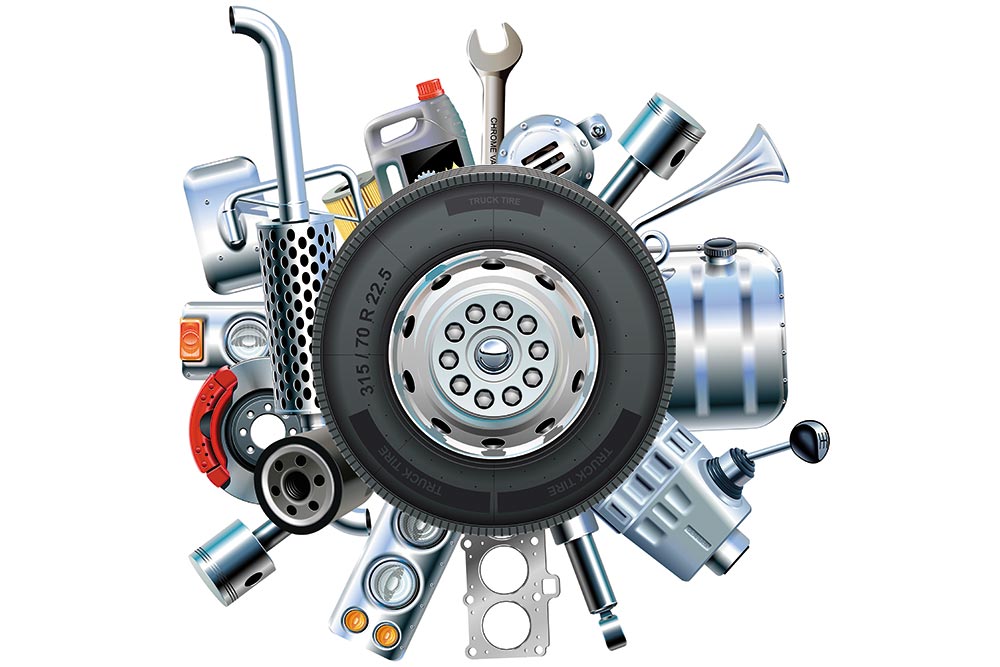Auto contributes
50% to India’s total manufacturing GDP
Nifty Auto-TRI posted
18% against 3.86% by Nifty TRI in the last one year
***
The automobile industry, one of India’s most vibrant sectors that contributes about 50 per cent of the manufacturing GDP and 7.1 per cent to the overall GDP, has been on a roller coaster ride for the last four-five years. But it seems to be changing course in the last few quarters.
Bumpy Past
Following a period of huge expansion from 2010 to 2017, the industry saw a substantial downturn in demand from 2018 to 2020. In 2018, the industry experienced a slowdown in sales due to various factors, such as increasing insurance costs, ABS implementation, stringent safety norms, BS-VI emission norms, and high fuel prices. The industry was further hit by the Covid-19 pandemic in 2020, which led to a significant decline in sales and production.
According to research paper Automobiles – Back From The Brink by Motilal Oswal Investment Services, dated March 18, 2023, the auto sector has seen a storm of headwinds, which resulted in higher cost of ownership, lower affordability, and restrictions in vehicle supplies due to shortage in supply of integrated circuit chips. This also led to a decrease in the domestic volumes of various vehicle categories over the period of FY19-22. During the period, two-wheelers experienced a fall in compounded annual growth rate (CAGR) of 14 per cent, while three-wheelers saw a fall of 28 per cent. For passenger vehicles (PVs), CAGR fell 3 per cent, while for commercial vehicles (CVs), the fall was 11 per cent.
The Nifty Auto-Total Return Index (TRI) has underperformed the Nifty-TRI over the last five years, ending April 21, 2023, by 8.5 per cent; Nifty Auto delivered a mere 3.57 per cent compared to Nifty TRI’s return of 12.07 per cent. “The profits of auto companies in the Nifty have declined from Rs 28,000 crore in FY18 to Rs 25,000 crore in FY23 versus 13 per cent CAGR in Nifty’s earnings over the same period. The auto sector’s weight in the Nifty had consistently declined from 10.6 per cent in FY18 to 5 per cent in FY22 and has now inched up to 5.6 per cent,” according to Motilal Oswal.

Getting Back On Track
The sector now appears to be gradually rebounding, as demand for PVs and two-wheelers has begun to rise in the last three quarters. In the last one year, Nifty Auto-TRI has posted a stellar return of 18 per cent against 3.86 per cent by Nifty TRI.
Experts believe that India can be a key player in the global market because it is the emerging global hub for auto components and has the government’s backing for electric mobility. “The sector has witnessed cyclical upturn. It is seeing good traction in electric vehicle demand across segments like PVs, two-wheelers, three-wheelers and small CVs. Moreover, it is expected to sustain growth momentum in the PV and CV segments,” says Saurav Basu, head, wealth management, Tata Capital.
Positive Signals
In terms of volume, the Indian automobile market is predominantly led by the two-wheeler segment, owing to the country’s young and expanding middle-class population. The segment contributed 76 per cent of the total vehicle sales volumes in FY22. The other major segment is PVs, which is dominated by small and mid-sized cars, accounting for 17.4 per cent.

The end users of these two segments are lower- and middle-income groups, which typically rely on auto loans. Auto being an interest rate sensitive sector, the recent rate pause by the Reserve Bank of India (RBI) will work in its favour. “As we are already seeing, interest rate sensitive sectors, such as banks, auto and real estate have been responding positively,” says Sunil Singhania, founder, Abacus Investment LLP. “We should start to see some indications of rate cuts in the second half,” he adds. That may give a further leg-up to the sector.
The auto industry saw a glimmer of hope when the Union Budget 2021 introduced the voluntary vehicle scrappage policy. The policy mandates a fitness test for PVs older than 20 years and CVs older than 15 years, while also imposing a green tax during fitness renewal to discourage the use of older vehicles. These measures are expected to brighten the long-term prospects for the industry.
Another booster came in Budget 2023, when the government increased the allocation to the electric mobility scheme, Faster Adoption and Manufacturing of Electric Vehicles in India Phase II (FAME II), by 78 per cent. The scheme plans to support 1 million two-wheelers, 500,000 three-wheelers, 55,000 four-wheelers and 7,000 buses in the electric space.
What Should You Expect?
Given the improving narrative on demand, supply, and margins, “we expect the auto sector’s earnings to grow significantly on a flat base of five years. A sharp 26 per cent earnings upgrade for the Nifty Auto in 3QFY23 and positive management commentaries offer a stronger outlook for the sector. We believe the worst of the auto down-cycle is behind even as valuations are reasonable,” writes Gautam Duggad, research analyst, in the Motilal Oswal report.
kundan@outlookindia.com

